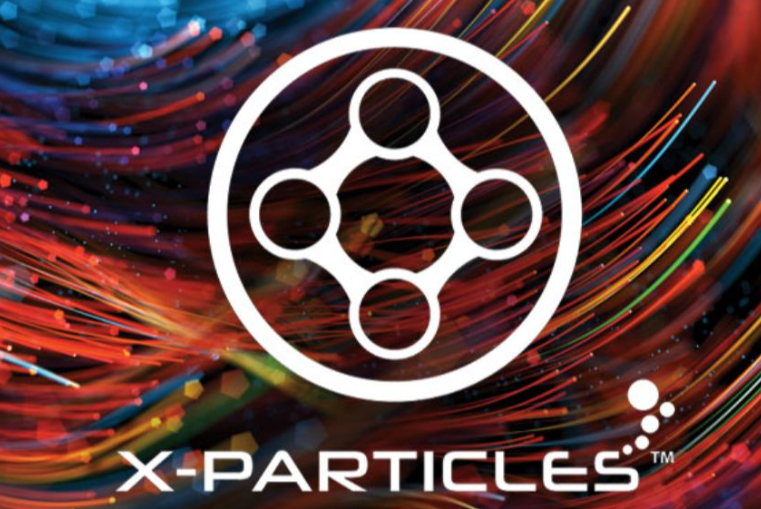In the field of 3D modeling and reverse engineering, Geomagic Wrap is a powerful software widely used in industrial design, manufacturing, and quality control. For users, understanding how to use Geomagic Wrap's Model Manager and toolbar is key to improving work efficiency. This article will provide a detailed introduction to how to call the geomagic wrap model manager? The left toolbar of Geomagic cannot be found, and explore the customization features of Geomagic Wrap to help users better utilize this tool for 3D modeling and data processing.
1гҖҒ How to call the geomagic wrap model manager?
In Geomagic Wrap, the Model Manager is a very important tool used to display and manage various parts and levels of the model. Through the Model Manager, users can easily view, select, and edit various components of the model. The following are the specific steps to call up the Geomagic Wrap Model Manager:

Model Manager
1. Start Geomagic Wrap software: First, open the Geomagic Wrap software and enter the main interface. If you are a new user, you can first familiarize yourself with the basic interface and functions of the software.
2. Import or create a model: On the main interface, import an existing model file through the "File" menu, or create a new project and create a model. After importing or creating a model, various parts of the model will be displayed in the Model Manager.
3. Display Model Manager: On the main interface of Geomagic Wrap, there is usually a sidebar used to display the Model Manager. If the sidebar is not displayed, you can call up the Model Manager by following these steps:
-In the main menu, select the "View" option.
-In the dropdown menu, locate and check the "Model Manager" option.
-At this point, the sidebar will display the Model Manager, which includes various parts and levels of the model.
4. Operate Model Manager: In Model Manager, users can expand or collapse various nodes to view and manage different parts of the model. By right clicking on a node, various operations can be performed, such as renaming, deleting, copying, and setting attributes.
Through the above steps, users can call up the model manager in Geomagic Wrap, and use the model manager to manage and edit various parts of the model conveniently.
2гҖҒ Geomatic left toolbar not found
During the use of Geomagic Wrap, sometimes the left toolbar may disappear due to misoperation or other reasons, affecting normal use. To restore the left toolbar, you can follow the following steps:

Left toolbar
1. Check view settings: Geomagic Wrap provides view settings options that can be adjusted to restore the toolbar.
-In the main menu, select the "View" option.
-In the drop-down menu, find the "Toolbars" submenu.
-Ensure that the "Left Toolbar" option is checked and displayed.
2. Reset View Layout: If the view settings cannot solve the problem, you can try resetting the view layout.
-In the main menu, select the "View" option.
-In the drop-down menu, select the "Reset Layout" option.
-After confirming the operation, Geomagic Wrap will automatically restore to the default interface layout.
3. Check the configuration file: If the above method still cannot recover the toolbar, you can check the configuration file of Geomagic Wrap.
-Close the Geomagic Wrap software.
-Find the configuration folder for Geomagic Wrap, usually located in the installation directory or user directory.
-Delete or rename configuration files in the configuration folder.
-Restart Geomagic Wrap, the software will automatically generate a new default configuration file and restore the default interface settings.
Through the above steps, users can easily restore the left toolbar of Geomagic Wrap, ensuring the normal use and smooth operation of the software.
3гҖҒ What are the custom features of geomagic wrap?
Geomagic Wrap, as a powerful 3D modeling and reverse engineering software, provides rich customization functions and supports users to make personalized settings and adjustments according to their needs. The following are the main customization features in Geomagic Wrap:

3d modeling
1. Custom toolbar: Users can customize the content and layout of the toolbar according to their work habits and needs. By dragging and dropping tool buttons, you can add, remove, or rearrange buttons in the toolbar to improve operational efficiency.
2. Shortcut settings: Geomagic Wrap allows users to customize shortcut keys and assign shortcut keys to commonly used functions and commands. By setting shortcut keys, users can quickly access the required functions and improve work efficiency.
3. View settings: Users can customize view settings, including perspective, display mode, background color, etc. By saving and switching different view configurations, you can quickly switch between different work stages, improving work convenience.
4. Workplace Layout: Geomagic Wrap supports user-defined workspace layouts, allowing for adjustment of window and panel positions and sizes. By customizing the workspace layout, users can create a work environment that meets their needs, improving work comfort and efficiency.
5. Scripts and plugins: Geomagic Wrap supports users to write scripts and use plugins to extend software functionality. Through scripts and plugins, users can achieve automated operations and customized functions to meet specific work needs.
6. Template settings: Users can create and save custom templates, including project templates, view templates, measurement templates, etc. By using custom templates, users can quickly create projects that meet standards and improve work efficiency.
7. File Format Settings: Geomagic Wrap supports custom file format settings, including import and export file formats, default save paths, etc. By customizing file format settings, users can simplify the file processing process and improve work efficiency.
Through the above customization functions, users can personalize Geomagic Wrap according to their own needs, improving work efficiency and operational convenience.









